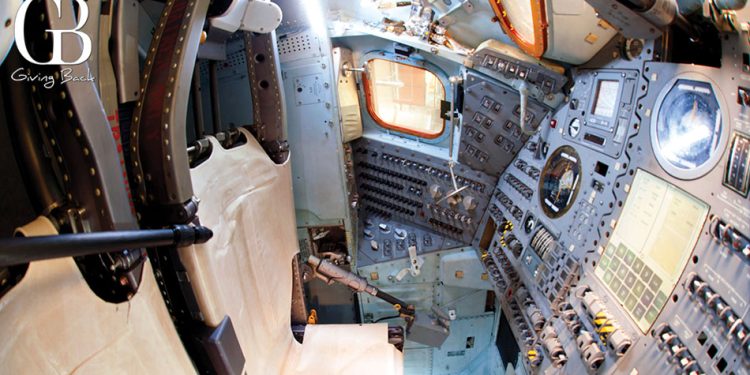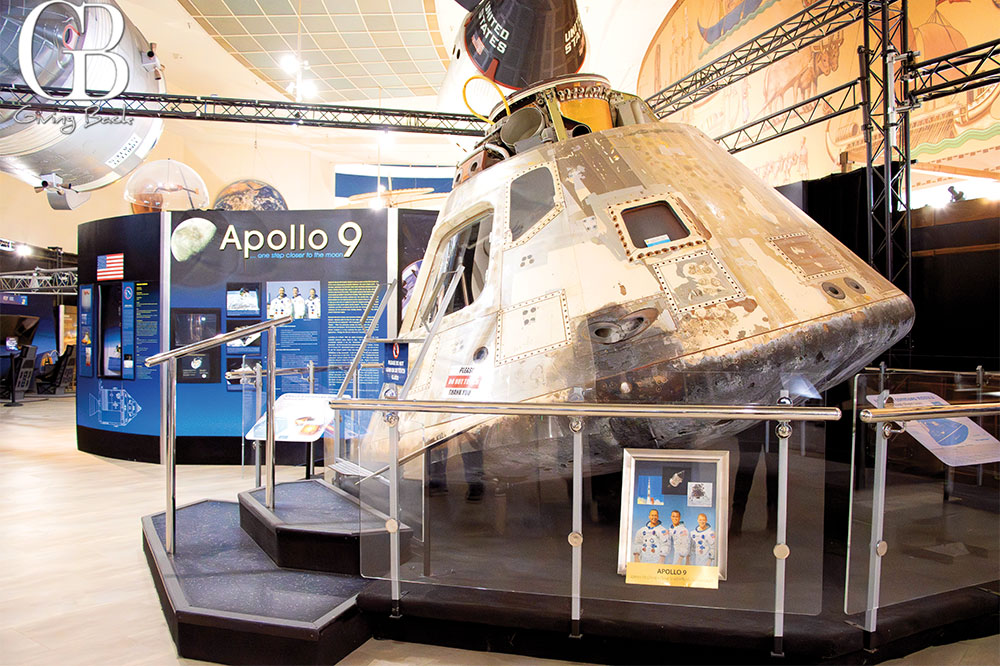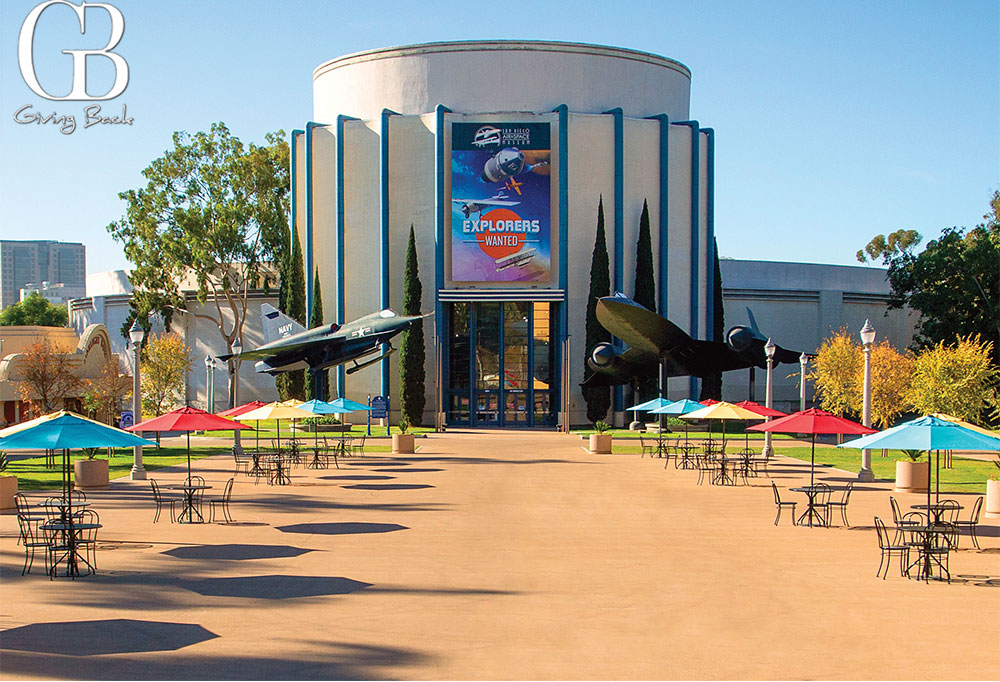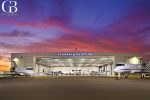Apollo 9

One Step Closer to the Moon
Beginning in 1959 when America’s first astronauts were introduced – the famous Mercury 7 – through the final of six lunar landings in 1972, the United States embarked on a grand adventure: sending men to the Moon.
Beginning with the one-astronaut Mercury program, the newly formed National Aeronautics and Space Administration (NASA) began learning how to send men into space. Next up was the two-astronaut Gemini program, which progressively took the next important steps in learning how to maneuver, rendezvous and perform extravehicular activities (EVAs) in space, which would eventually be necessary to land and explore the Moon.
The culmination of NASA and America’s quest for the Moon was the three-astronaut Apollo program. Each step of the Apollo program was a milestone. Apollo 7 sent three astronauts into Earth orbit in October 1968, followed by Apollo 8, which famously sent three men to lunar orbit – without landing – in December 1968.
The next important step was Apollo 9, which tested the newly designed and built Lunar Lander in Earth orbit. On display today at the San Diego Air & Space Museum, Apollo 9 is the one of only two Apollo Command Modules flown in space on display west of the Rocky Mountains. The spacecraft was moved on May 18, 2004, from its former home at the Michigan Space and Science Center, where it had been on exhibit for more than two decades, and carefully transported to the San Diego Air & Space Museum. The exhibit opened to the public on July 21, 2004, the day after the 35th anniversary of the first manned lunar landing. Built by the North American Rockwell Space Systems Division in Downey, California, the spacecraft, named “Gum Drop” by its crew, currently resides in the Museum’s “Space: Our Greatest Adventure” special exhibition, enabling visitors a close look at this vital piece of American space flight history.
The Apollo 9 crew consisted of Gemini program veterans James McDivitt as Mission Commander, Dave Scott as Command Module Pilot, and rookie Russell L. Schweickart as the Lunar Module Pilot. During a 10-day mission launched on March 3, 1969, the crew accomplished the first tests of the Lunar Module, or LM, that would take a crew to the surface of the Moon. For the first time in space flight history, crew-members flew in a spacecraft designed to operate in the vacuum of space. McDivitt and Schweickart separated the LM from the Command Module and maneuvered as far as 113 miles away before returning for a successful rendezvous and docking. In addition to putting the LM through its paces, LM Pilot “Rusty” Schweickart, successfully tested the Portable Life Support System that astronauts would wear on the Moon’s surface. The success of Apollo 9 paved the way for the Apollo 10 crew to take their Lunar Module within nine miles of the Moon’s surface as a dress rehearsal for the subsequent landing of Apollo 11 on July 20, 1969.
The Apollo 9 Command Module at the San Diego Air & Space Museum is on loan from the Smithsonian’s National Air and Space Museum in Washington, D.C.







